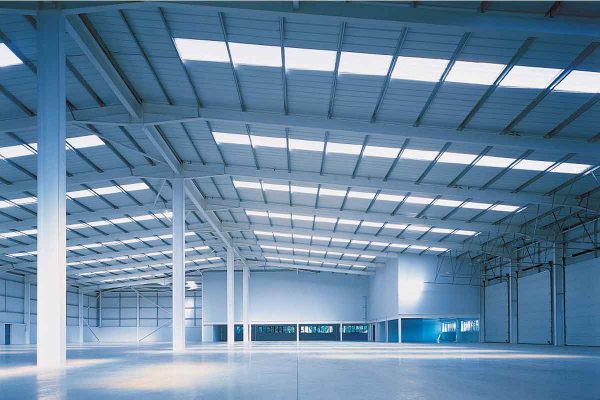The newly-built high-quality BW’s factory at My Phuoc 3 Industrial Park
Although the US-China trade dispute remains unpredictable, long term tensions will still push investors to pursue the ‘China plus one’ approach, with the ASEAN standing to benefit as companies change supply chain strategies and consider moving out of mainland China to new locations.
Generation Pass (Genepa), one of the largest woodwork makers in Japan, has a production facility in China’s Qingdao city, and is considering shifting 80 per cent of its manufacturing output to Vietnam due to the negative implications of the current US-China trade dispute.
The shift relates to the 25 per cent of import tariffs the US administration intends to slap on Chinese exports into the country. Yotaro Kanamori, general director of Genepa in Vietnam, said 70 per cent of products will be exported directly to Muji in the US through both the east and west coast.
According to Hiroaki Okamoto, CEO of Genepa, the leasing rates at Bau Bang Industrial Park (IP) by BW Industrial Development JSC (BW), a joint venture between global equity fund Warburg Pincus and local partner Becamex Investment Development Corporation, in the southern province of Binh Duong are very competitive, and the Bau Bang IP’s current compelling infrastructure makes it very convenient for them to meet demands of business partners and customers in the province, which is an industrial development hub in Vietnam’s southern region. The company has leased a wide factory space over 4,800 square metres with ready-to-serve infrastructure and envisages moving to this new manufacturing site in September after receiving an investment certificate from the relevant Vietnamese authority with the help of BW. This would be Genepa’s first factory outside China.
As one of fastest-growing economies worldwide, Vietnam is scaling up investment into building a seamless infrastructure system in order to court more foreign capital, from there growing into Asia’s ‘new tiger’. Statistics show that by 2020, Vietnam will host about 500 IPs providing around 500,000 hectares of leasing space. However, the current supply of industrial real estate in the country remains in undersupply, failing behind robust development requirements.
The country’s industrial real estate market is in its infancy, with low-standard infrastructure and factory space.
The reason why a manufacturing leader like Genepa has chosen to set down on Bau Bang IP is because they have trust in the for-rent developer, BW. The $200 million-plus joint venture aims to develop a top-of-the-line for-rent industrial real estate and logistics warehouse chain in Vietnam, in anticipation of the shift of multinationals moving manufacturing sites out of China.
Michael Chan, head of sales and marketing at BW, said, “With big capital injections in Vietnam, BW seeks to satisfy the customers’ burgeoning requirements for ready-built and build-to-suit factory space, modern logistics warehouses and other related industrial real estate products across Vietnam’s pivotal economic development regions, helping to propel the country’s economic development.”
Besides the shift of manufacturing sites moving out China, Vietnam manufacturing is expected to reap multiple benefits after the signing of the Vietnam-EU Free Trade Agreement in June.
“European entrepreneurs are famously cautious, taking up to nine months to conduct market studies before investing. The more aggressive groups will be Chinese or Asian-based manufacturers who export to the EU,” Chan said.
According to a second quarter 2019 report from real estate consultant JLL Vietnam, the country’s industrial real estate is grabbing a great deal of investor attention by virtue of strong foreign direct investment flows from Japan, South Korea, Hong Kong, and rising capital flows from China.
In the first half of 2019, industrial zones and economic zones in Vietnam attracted about 340 foreign-invested projects worth about $8.7 billion in total committed capital, bringing the total number of foreign-invested projects to 8,900 with cumulative capital value touching $186 billion.
Many domestic and foreign investors are jumping onto industrial property project development. Some eminent names include NTC, the developer of Nam Tan Uyen IP in Binh Duong, or Amata Group from Thailand which is expediting the first phase of an IP project and waiting for an investment certificate to develop a hi-tech industrial and urban complex in the northeastern province of Quang Ninh.
Among them, BW shows big ambition after it has brought into use a 230ha IP space across Vietnam via its projects such as Bau Bang, My Phuoc 3, VSIP Hai Duong, VSIP Haiphong, and VSIP Bac Ninh.
Source: VIR




